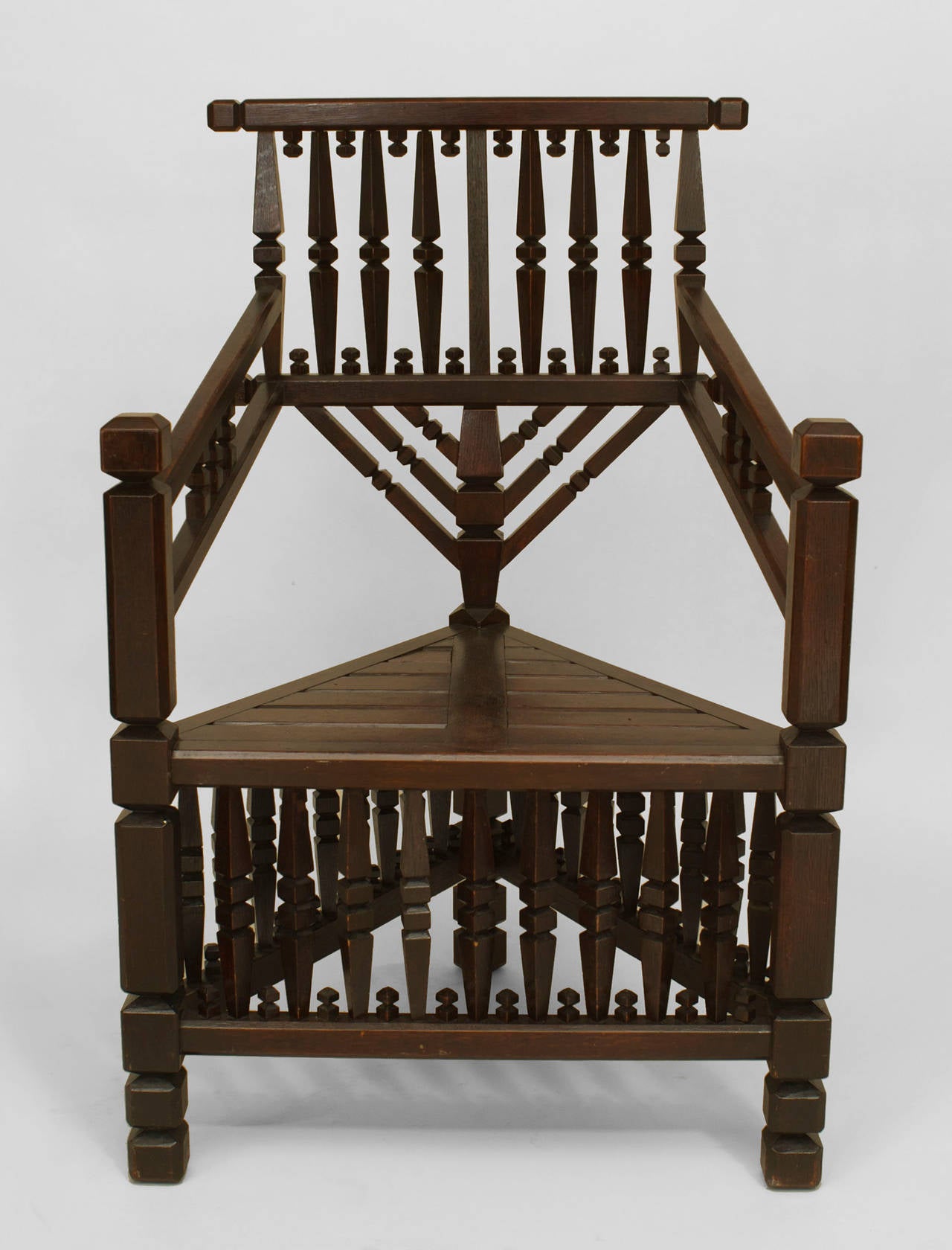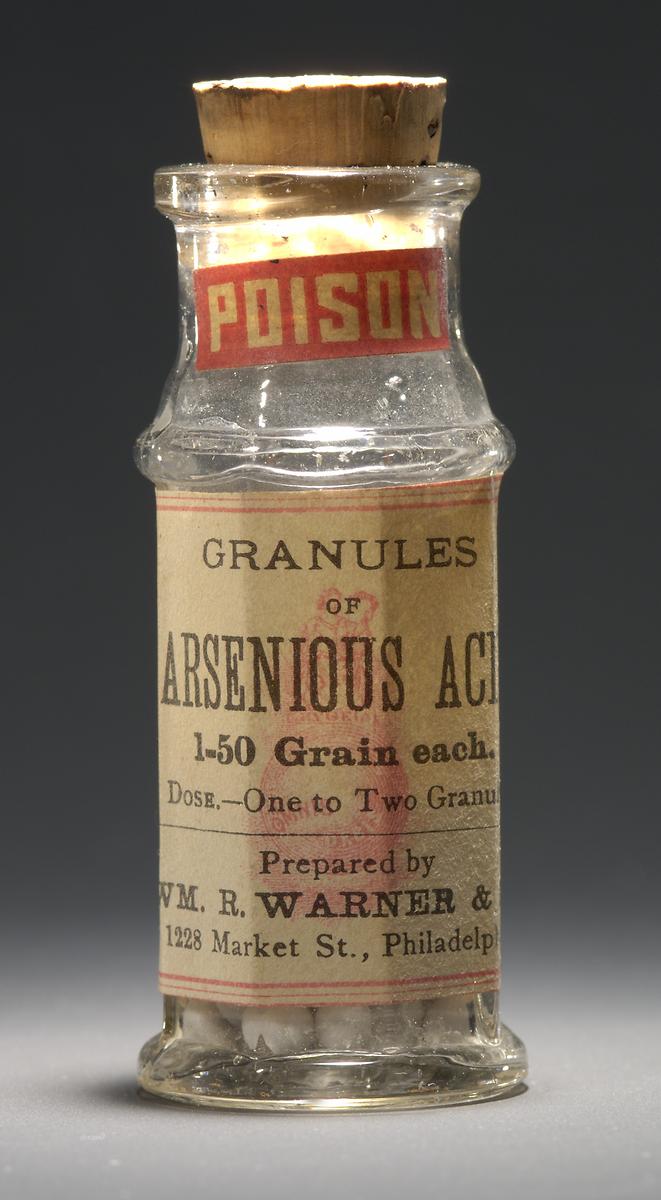
T H Huxley
The X Club was a dining club of nine British scientists who supported academic liberalism in late 19th-century England. The club met in London once a month, except in the summer months, from November 1864 until March 1893. During this time, this ‘social’ club exerted a major influence on the scientific arena. The group went a long way in supporting Darwin and his theory of natural selection. I plan on doing a blog article on each of the men over the coming week.
The Members of the X Club were:
Thomas Henry Huxley, biologist and anatomist, also known as Darwin’s Bulldog, and the founder of the X Club. To my mind, his dedication in developing scientific education in Britain is what made him a truly great scientist. He believed schooling was a lifelong process and adult education should be encouraged.

George Busk
George Busk, a British naval surgeon, zoologist and palaeontologist, and he nominated Charles Darwin for membership in the Royal Society in 1864. He was the responsible of bringing to England the Gibraltar skull, the first known adult Neanderthal skull, even though identification of the skull as belonging to a Neanderthal was not made until the 20th century.

Joseph Hooker
Sir Joseph Dalton Hooker, English Botanist and a director of Kew Gardens for twenty years, an explorer and discoverer of new species, and a great friend of Charles Darwin. With George Bentham, he is the co-author of The Handbook of the British Flora, still considered a standard text by botanists and taxonomists. He was the first of the three X-Clubbers in succession to become President of the Royal Society.
In my Steampunk novel, we meet with Hooker, and he though he is open minded about evolution, he is still something of an old fogey when it comes to women academics and their rights to Kew Garden.

John Tyndall
John Tyndall, physicist, covered a broad range of research in his lifetime. Among his discoveries was the scattering of light by particulate impurities in air and in liquids, still known today as the Tyndall Effect or Tyndall Scattering. He was a science teacher and supporter for the cause of science. As a science popularizer and communicator, Tyndall lectured on the benefits of a clear separation between science and religion.

William Spottiswoode
William H. Spottiswoode was a mathematician and physicist,. He was President of the Royal Society from 1878 to 1883. He published mountains of original mathematical work and, in 1871, he began to turn his attention to experimental physics. He researched the polarization of light and the electrical discharge in rarefied gases.

Edward Frankland – around 1860
Sir Edward Frankland was a research chemist, applied chemist, and something of a prodigy. Frankland engaged in original research with great success, and he was only about twenty-five years of age when an investigation yielded the discovery of organometallic compounds. I consider his work on water pollution and lobbying for the creation of a clean water supply to be the highpoint of his career.

Sir John Lubbock
The Right Honourable John Lubbock, 1st Baron Avebury, also known as Sir John Lubbock, was a banker, Liberal politician, philanthropist, scientist and polymath, and one of Darwin’s neighbours and friends. His day job was as a banker but Lubbock also made significant contributions in archaeology, ethnography, and several branches of biology. I consider his greatest achievement the introduction of the first law on the protection of Britain’s archaeological and architectural heritage.

Thomas Hirst
Thomas Archer Hirst was a mathematician, specialising in geometry, and a supporter of science education for everyone. He was awarded the Royal Society’s Royal Medal in 1883. He was an active member of the governing councils of the Royal Society, the British Association for the Advancement of Science, and the London Mathematical Society. He was the founding president of an association to reform school mathematics curricula and also worked to promote the education of women.

Herbert Spencer when 38
Herbert Spencer was a philosopher, biologist, anthropologist, sociologist, and prominent classical liberal political theorist of the Victorian era. Spencer is best known for coining the expression “survival of the fittest”, after reading Charles Darwin’s On the Origin of Species. Spencer was “the single most famous European intellectual in the closing decades of the nineteenth century” but his influence declined sharply after 1900. The low point of his career was the concept of Social Darwinism.
























































